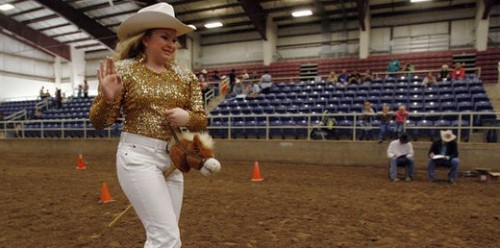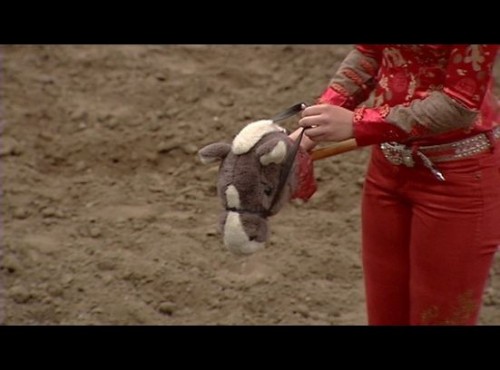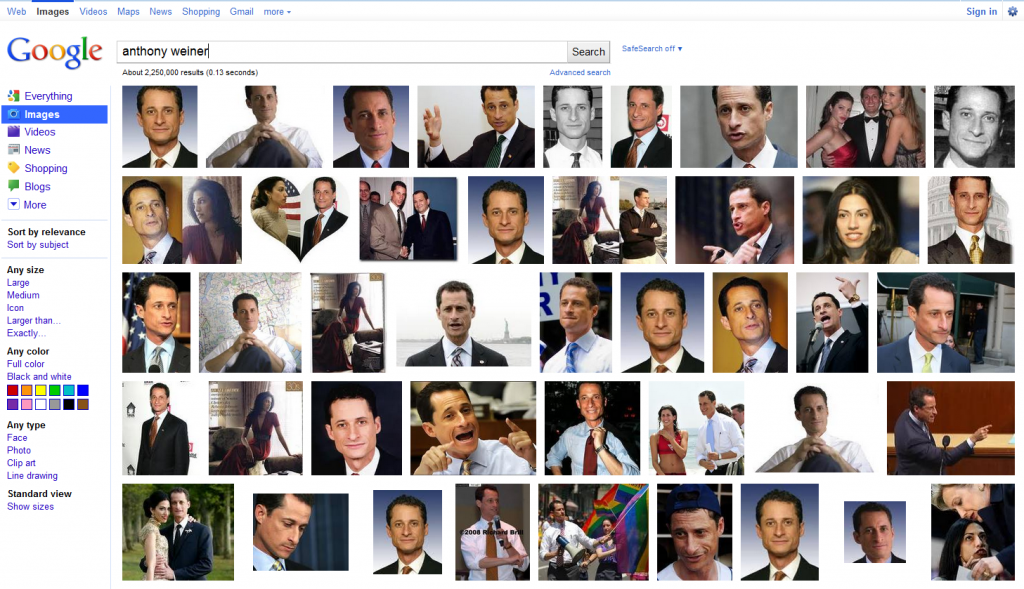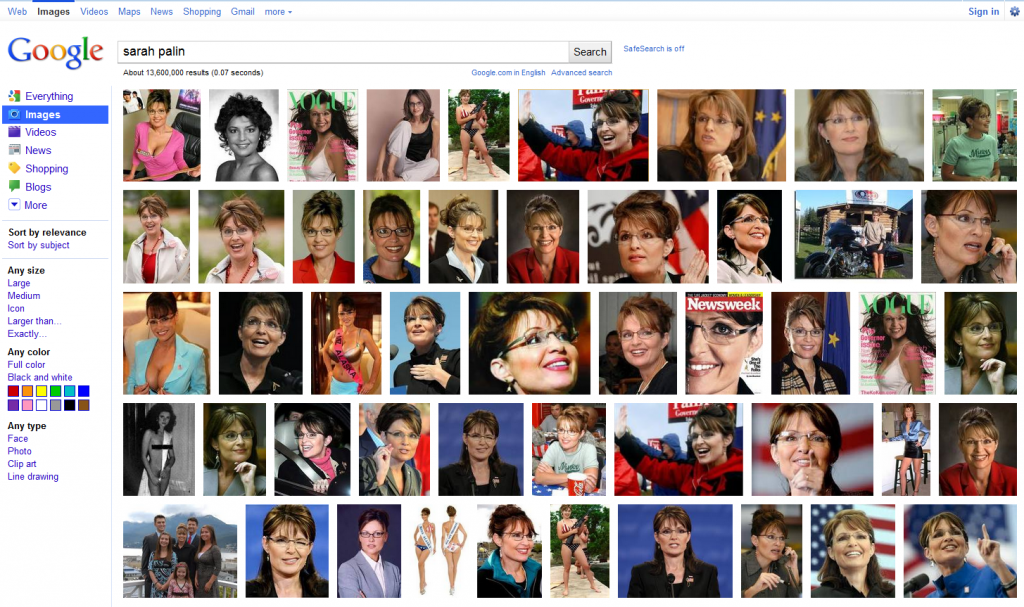Google often creatively alters its logo to honor important days on the calendar. Today the logo references Father’s Day by turning the “l” in Google into a tie. John McMahon did a fine job of discussing how Father’s Day cards tap into stereotypes about masculinity, but I thought this was interesting in its reference of a particular kind of work. The tie isn’t a generic masculine symbol, but a class-specific one.
More, it ties fatherhood into the idea of being a breadwinner. What is significant about a Dad? The fact that he works so hard for the family. Can you imagine a Mother’s Day symbol emphasizing her workplace instead of her time at home?
Lisa Wade, PhD is an Associate Professor at Tulane University. She is the author of American Hookup, a book about college sexual culture; a textbook about gender; and a forthcoming introductory text: Terrible Magnificent Sociology. You can follow her on Twitter and Instagram.





















